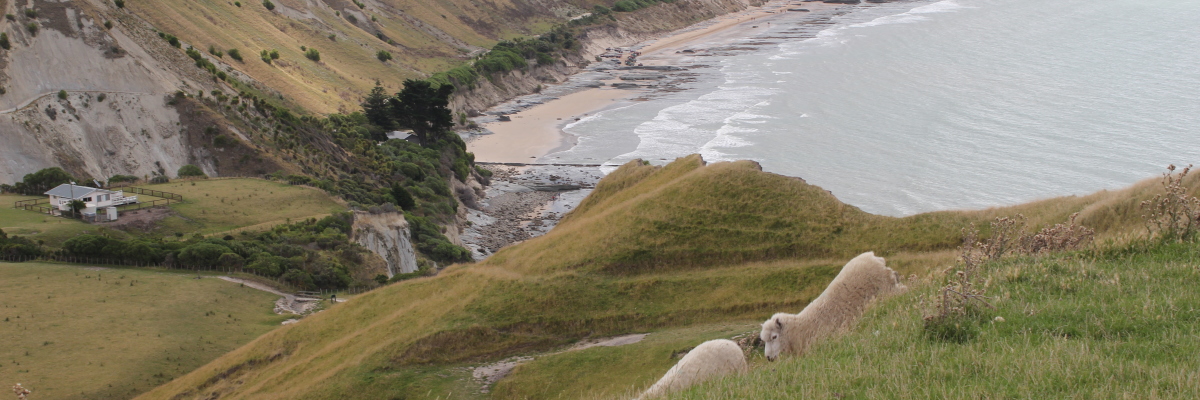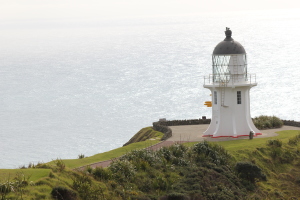 Northland – North Island
Northland – North Island
The northernmost region with subtropical climate is a home to:
- Waitangi Treaty Grounds – a historic site.
- Waipoua Forest – is a famous kauri forest
- .Cape Reinga to see where the seas of the Pacific Ocean and the Tasman Sea join and not too far from here you can sand tobogganing the dunes.
NORTHLAND
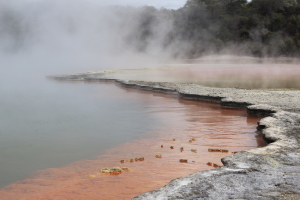 Wai-O-Tapu – North Island
Wai-O-Tapu – North Island
This colorful geothermal park is located just about 30km south of Rotorua and offers the experience of steaming grounds, cold and boiling mud pools, geyser, terrace formations and volcanic craters. Wai-O-Tapu
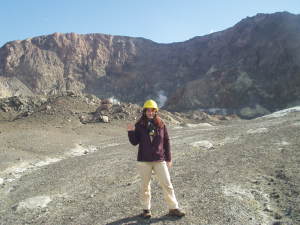 White Island – North Island
White Island – North Island
It is the most active and only live marine volcano in New Zealand. This privately owned island can be reached either by boat or helicopter. We traveled from Whakatane by boat; the 48 km journey took around 90 minutes and the whole trip around 6 hours. White Island
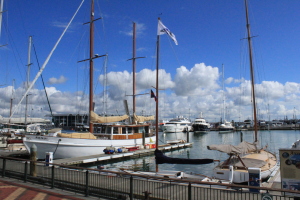 Auckland- North Island
Auckland- North Island
It was the capital in 1842-1865 and now it is the largest city of New Zealand known as “the City of Sails”
To visit: The colony of Antarctic penguins at Kelly Tarlton’s SEA LIFE Aquarium.
To experience: SkyJump is 192 meters high and it is New Zealand’s highest wire-controlled base- jump.
About 50 km north of Auckland lays a small village Puhoi, a village founded by Czech settlers. Auckland
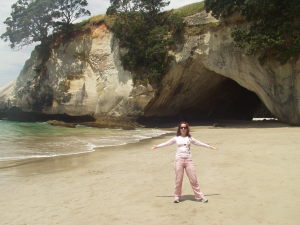 Coromandel Peninsula
Coromandel Peninsula
This region was once sought for gold mining (gold was discovered in 1852 and in 1900s most mines were closed down), but now with a relaxed lifestyle, stunning sand beaches and outdoor activities no wonder it is a popular holiday spot. The two main attractions can be found on the beach: Cathedral Cove and
Hot Water Beach. Coromandel Peninsula
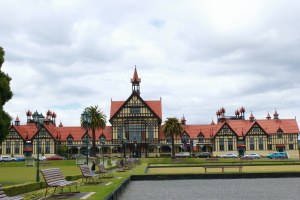 Rotorua, Bay of Plenty
Rotorua, Bay of Plenty
James Cook was impressed by people’s generosity and abundant resources of the region and named it “Bay of Plenty”. It seemed to be a contrast of empty “Poverty Bay” he just sailed past. This region’s pleasant climate makes ideal conditions for agriculture e.g. avocados, kiwifruit and citrus are grown here. Rotorua – the centre of Maori culture Bay Of Plenty
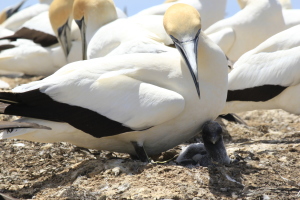 Cape Kidnappers – North Island
Cape Kidnappers – North Island
Although the name doesn’t sound very enticing, the world’s largest accessible mainland colony of over 18,000 gannets is worth visiting. The best time to visit the gannets is between November and February. The gannet colonies are closed between July and October. In April/May they leave for Australia. In September they return and build their nests; the first chicks hatch in November. Cape Kidnappers
